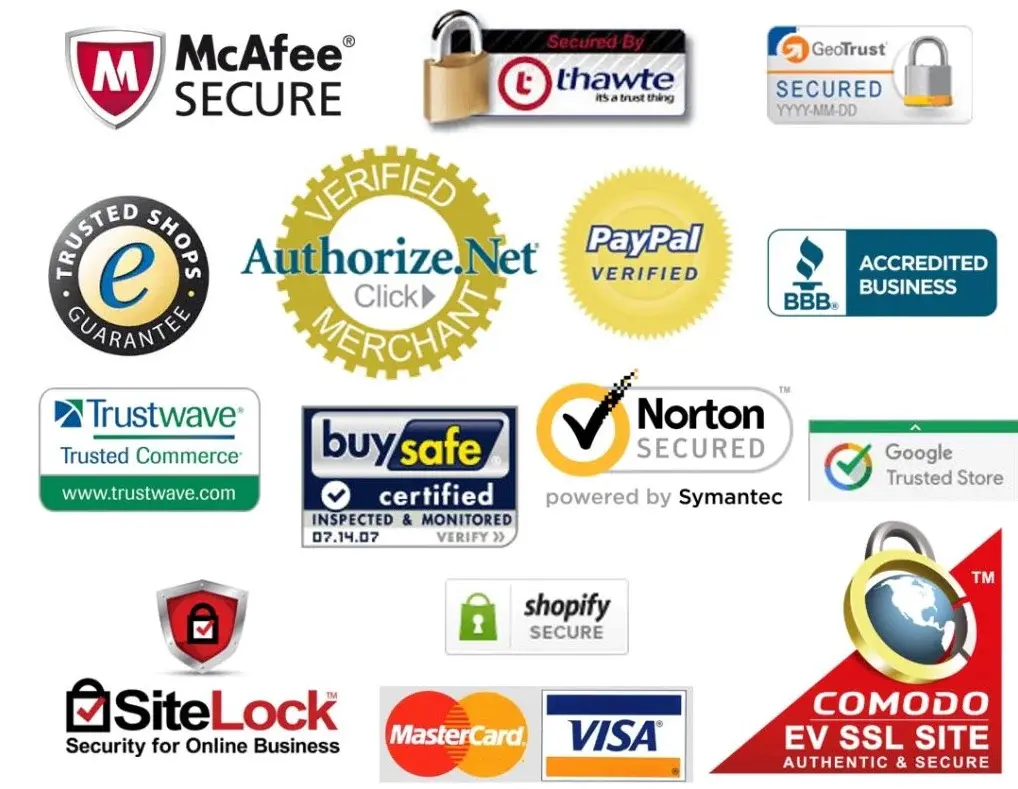The White House wants to ‘cryptographically verify’ videos of Joe Biden so viewers don’t mistake them for AI deepfakes::Biden’s AI advisor Ben Buchanan said a method of clearly verifying White House releases is “in the works.”
I don’t blame them for wanting to, but this won’t work. Anyone who would be swayed by such a deepfake won’t believe the verification if it is offered.
Agreed and I still think there is value in doing it.
I honestly do not see the value here. Barring maybe a small minority, anyone who would believe a deepfake about Biden would probably also not believe the verification and anyone who wouldn’t would probably believe the administration when they said it was fake.
The value of the technology in general? Sure. I can see it having practical applications. Just not in this case.
I don’t think that’s what this is for. I think this is for reasonable people, as well as for other governments.
Besides, passwords can be phished or socially engineered, and some people use “abc123.” Does that mean we should get rid of password auth?
Deepfakes could get better. And if they do, a lot more people will start to get fooled
Yeah good luck getting to general public to understand what “cryptographically verified” videos mean
The general public doesn’t have to understand anything about how it works as long as they get a clear “verified by …” statement in the UI.
It could work the same way the padlock icon worked for SSL sites in browsers back in the day. The video player checks the signature and displays the trusted icon.
“Not everybody will use it and it’s not 100% perfect so let’s not try”
That’s not the point. It’s that malicious actors could easily exploit that lack of knowledge to trick users into giving fake videos more credibility.
If I were a malicious actor, I’d put the words “✅ Verified cryptographically by the White House” at the bottom of my posts and you can probably understand that the people most vulnerable to misinformation would probably believe it.
Fucking finally. We’ve had this answer to digital fraud for ages.
Sounds like a very Biden thing (or for anyone well into their Golden Years) to say, “Use cryptography!” but it’s not without merit. How do we verify file integrity? How to we digitally sign documents?
The problem we currently have is that anything that looks real tends to be accepted as real (or authentic). We can’t rely on humans to verify authenticity of audio or video anymore. So for anything that really matters we need to digitally sign it so it can be verified by a certificate authority or hashed to verify integrity.
This doesn’t magically fix deep fakes. Not everyone will verify a video before distribution and you can’t verify a video that’s been edited for time or reformatted or broadcast on the TV. It’s a start.
We’ve had this discussion a lot in the Bitcoin space. People keep arguing it has to change so that “grandma can understand it” but I think that’s unrealistic. Every technology has some inherent complexities that cannot be removed and people have to learn if they want to use it. And people will use it if the motivation is there. Wifi has some inherent complexities people have become comfortable with. People know how to look through lists of networks, find the right one, enter the passkey or go through the sign on page. Some non-technical people know enough about how Wifi should behave to know the internet connection might be out or the route might need a reboot. None of this knowledge was commonplace 20 years ago. It is now.
The knowledge required to leverage the benefits of cryptographic signatures isn’t beyond the reach of most people. The general rules are pretty simple. The industry just has to decide to make the necessary investments to motivate people.
I’m sure they do. AI regulation probably would have helped with that. I feel like congress was busy with shit that doesn’t affect anything.
I salute whoever has the challenge of explaining basic cryptography principles to Congress.
Might just as well show a dog a card trick.
That’s why I feel like this idea is useless, even for the general population. Even with some sort of visual/audio based hashing, so that the hash is independant of minor changes like video resolution which don’t change the content, and with major video sites implementing a way for the site to verify that hash matches one from a trustworthy keyserver equivalent…
The end result for anyone not downloading the videos and verifying it themselves is the equivalent of those old ”✅ safe ecommerce site, we swear" images. Any dedicated misinformation campaign will just fake it, and that will be enough for the people who would have believed the fake to begin with.
the technology to do this has existed for decades and it’s crazy to me that people aren’t doing it all the time yet
When it comes to misinformation I always remember when I was a kid I’m the early 90s, another kid told me confidently that the USSR had landed on Mars, gathered rocks, filmed it and returned to earth(it now occurs to me that this homeschooled kid was confusing the real moon landing.) I remember knowing it was bullshit but not having a way to check the facts. The Internet solved that problem. Now, by God , the Internet has recreated the same problem.
We need something akin to the simplicity and ubiquity of Google that does this, government funded and with transparent oversight. We’re past the point of your aunt needing a way to quickly check if something is obvious bullshit.
Call it something like Exx-Ray, the two Xs mean double check - “That sounds very unlikely that they said that Aunt Pat… You need to Exx-Ray shit like that before you talk about it at Thanksgiving”
Or same thing, but with the word Check, CHEXX - “No that sounds like bullshit, I’m gonna CHEXX it… Yup that’s bullshit, Randy.”
Official Joe Biden NFTs comfirmed
So should Taylor Swift
I’ve always thought that bank statements should require cryptographic signatures for ledger balances. Same with individual financial transactions, especially customer payments.
Without this we’re pretty much at the mercy of trust with banks and payment card providers.
I imagine there’s a lot of integrity requirements for financial transactions on the back end, but the consumer has no positive proof except easily forged statements.
It’s a good idea. And I hope to see more of this in other types of communications.
Can someone try to explain, relatively simply, what cryptographic verification actually entails? I’ve never really looked into it.
Click the padlock in your browser, and you’ll be able to see that this webpage (if you’re using lemmy.world) was encrypted by a server that has been verified by Google Trust Services to be a server which is controlled by lemmy.world. In addition, your browser will remember that… and if you get a page from the same server that has been verified by another cloud provider, the browser (should) flag that and warn you it might be
The idea is you’ll be able to view metadata on an image and see that it comes from a source that has been verified by a third party such as Google Trust Services.
How it works, mathematically… well, look up “asymmetric cryptography and hashing”. It gets pretty complicated and there are a few different mathematical approaches. Basically though, the white house will have a key, that they will not share with anyone, and only that key can be used to authorise the metadata. Even Google Trust Services (or whatever cloud provider you use) does not have the key.
There’s been a lot of effort to detect fake images, but that’s really never going to work reliably. Proving an image is valid, however… that can be done with pretty good reliability. An attack would be at home on Mission Impossible. Maybe you’d break into a Whitehouse photographer’s home at night, put their finger on the fingerprint scanner of their laptop without waking them, then use their laptop to create the fake photo… delete all traces of evidence and GTFO. Oh and everyone would know which photographer supposedly took the photo, ask them how they took that photo of Biden acting out of character, and the real photographer will immediately say they didn’t take the photo.
Thanks a lot, that helped me understand. Seems like a good idea
If the White House actually makes the deep fakes, do they count as “fakes?”
Wait. Did the White House just discover a legitimate use-case for NFTs?
Tinfoil hat time. It’s probably because they need to start creating AI videos to show he’s ‘competent and coherent’ and they’ll say their 'tests proves that it’s a real video not a fake. And since the government said it’s true, morons will believe it.












